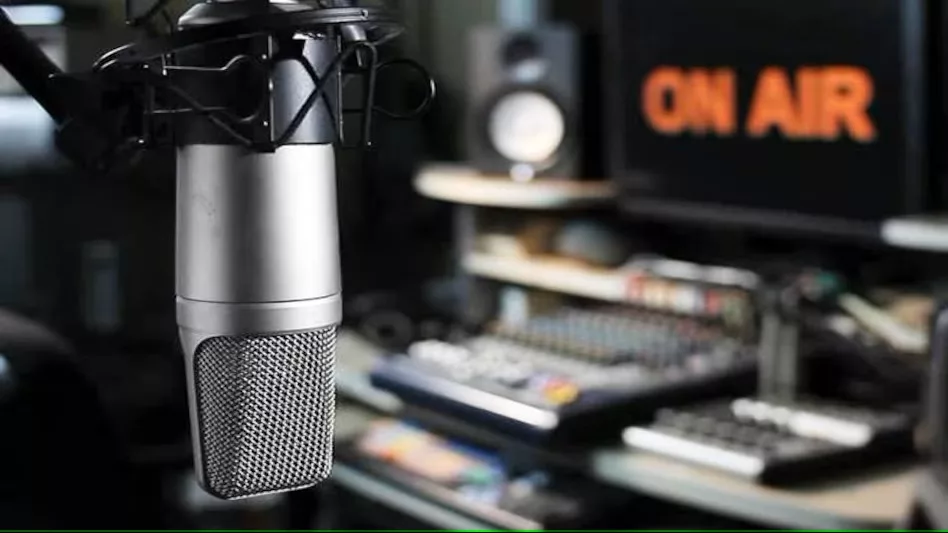It is amazing to see the adaptability of the radio industry in India; I believe it is here to stay.
We all remember our grandparents and even our parents listening to the radio when we were young. Before Tv became common in households Radio was the only source for information and entertainment. Even today most of us like listening to the radio on the drive as it surprises us with unexpected and sometimes forgotten songs. Today when the good old TV is battling between OTT and other services, radio is still relevant. So let us take a peek into the journey of the radio industry and its current status and read the views of Partho Dasgupta.
The radio industry in India has come a long way since its inception in 1927. From being the primary source of entertainment and news for Indians to facing stiff competition from other forms of media, the journey of the radio industry has been both challenging and exciting.
The early years of Indian radio were marked by the launch of the Indian Broadcasting Company (IBC), which was later renamed All India Radio (AIR). Initially, AIR broadcasted programs in only a few languages and covered only a few cities. However, it quickly expanded its reach, and by the 1950s, it was broadcasting programs in various languages across the country.
“The private players brought a fresh perspective to the Indian radio industry. They introduced new programming formats, such as music-based shows, talk shows, and celebrity interviews. They also targeted specific audience segments, such as youth, women, and sports enthusiasts. This led to a surge in the popularity of FM radio, and it soon became a preferred source of entertainment for Indians.”
I beleive,
One of the key milestones in the journey of the Indian radio industry was the introduction of commercial FM radio in the 1990s. Before that, AIR was the only radio broadcaster in India. However, the liberalization of the Indian economy led to the entry of private players in the radio industry. The government auctioned licenses to private companies to operate FM radio stations in various cities across the country. This marked the beginning of the commercialization of the radio industry in India.
Today, the radio industry in India has evolved significantly from its early years. There are over 350 private FM radio stations in the country, catering to diverse audience segments and tastes. The radio industry has also embraced digital technology, with many FM stations streaming their programs online. The rise of podcasting has also opened up new avenues for the radio industry in India. Recently PM Modi inaugurated 91 FM transmitters in 18 states, and 2 UTs to increase radio connectivity to remote areas.
I believe
“The fact that radio is still seen as a priority as far as connectivity is concerned is a great news for the industry. Also, its ability to transform and adapt to the changes in technology is commendable. PM Modi hosting Mann Ki Baat on AIR shows that radio still gets the importance that it had”.
Today many educational courses are available in different local languages on the FM. This kind of content dissemination is only possible with radio at this point. The radio industry might not be in the news constantly, but with its ability to adapt to change radio industry has shown that it is here to stay.


Recent Comments